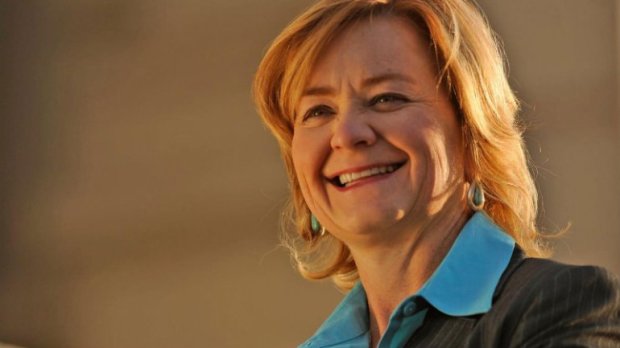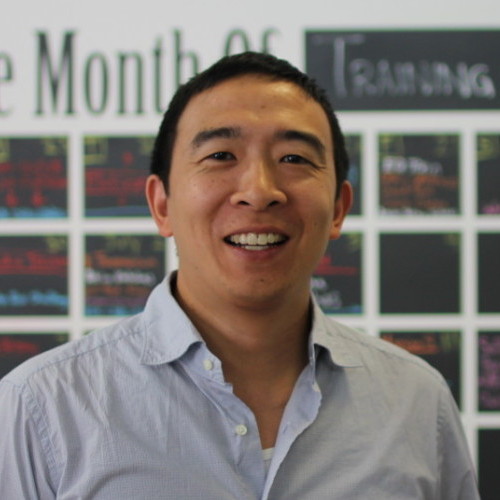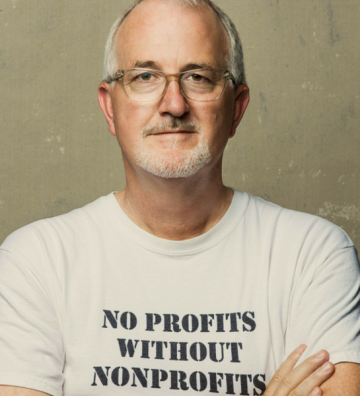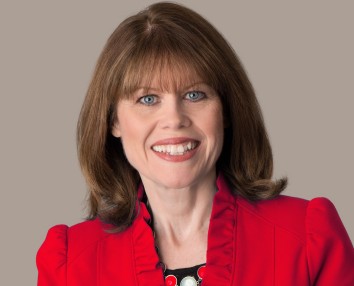We have found a new home! Kindly visit this link in our new website here: https://www.denver-frederick.com/2016/10/05/dr-larry-brilliant-author-and-founder-of-seva-foundation-discusses-his-latest-book/
Larry Brilliant has had a career that lives up to his name. In the 1970s, he played a key role in work in Bangladesh and India to eradicate smallpox, personally witnessing the end of “an unbroken chain of transmission that went back to Pharaoh Ramses.” He then co-founded the Seva Foundation, which helps prevent and treat blindness in the developing world. He was the first director of tech philanthropy Google.org, and today he chairs the Skoll Global Threats Fund, tackling issues such as climate change and water security that, like smallpox before them, pose an existential danger to enormous swaths of humanity.
In his new memoir, Sometimes Brilliant, the physician and philanthropist details that remarkable journey, from his youth in Detroit and early medical career, through immersion in the ‘60s counterculture and Eastern philosophy, to his work today with tech moguls like eBay co-founder Jeff Skoll to achieve social change on a truly massive scale. In this edition of the Business of Giving, Dr. Brilliant walks us through some of his adventures as a civil-rights marcher, radical hippie doctor, meditating mystic, and groundbreaker in global health and Silicon Valley giving.
The following is a conversation between Dr. Larry Brilliant, author of Sometimes Brilliant, and Denver Frederick, host of The Business of Giving on AM 970 The Answer in New York City. This transcript has been lightly edited for clarity.
https://soundcloud.com/business-of-giving/10-9-16-larry-brilliant-joins-denver-frederick/s-hiY6O
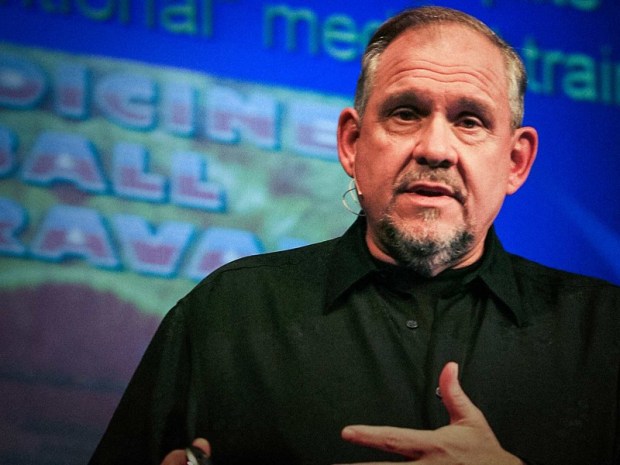
Denver: Back in July, Dr. Larry Brilliant joined us to discuss the launch of an HBO movie he had produced called Open Your Eyes, a compelling story of a husband and wife in Nepal whose sight is restored as result of the work of the Seva Foundation founded by Dr. Brilliant and his wife. Well, he’s been good enough to come back and join us again… this time to discuss his memoir that will be released on Tuesday and aptly entitled Sometimes Brilliant. Good evening, Larry, and welcome back to The Business of Giving.
Larry: Nice to see you again, Denver. Thank you.
Denver: You have had a most remarkable life, so much so, it’s hard to know where to begin. But I think I’ll start with you sitting in Hill Auditorium at the University of Michigan campus on November 5, 1962… listening to a speech. Tell us about that day and the impact that it had on you.
Larry: I think everybody who’s gone to college remembers the sophomore year. It’s a tough year, anyway. And for me, it was tougher because my dad was dying of cancer. As it would turn out, my dad and my grandfather both died inside of five days.
So, it was a tough time, and I had no inner resources to deal with that. I sort of locked myself up in my room in South Quad in Ann Arbor, and I think I was gobbling down burnt peanuts and reading Superman. That was my high and exalted way of dealing with depression. And I saw a little note in the college newspaper “The Michigan Daily” that said Martin Luther King was going to be on campus. Nobody really knew who Martin Luther King was. He hadn’t yet given his speech “I Have a Dream.” He didn’t yet have his Nobel Prize. The world outside was filled with the Cuban missile standoff. Bob Dylan was singing “A Hard Rain’s A-Gonna Fall.”
It was a pretty complicated moment. It was raining and miserable weather, but somehow I took my sophomore ass out of the dorm and wandered into the auditorium. And hardly anybody came. This huge auditorium that holds 3,000 people, it was hardly half-filled, or even less. The President was embarrassed, introduced Martin Luther King, and he looked out. Instead of feeling bad, he laughed. He just laughed. And he said, “You all come on up here and sit on the stage; there will be more of me to go around.” And not everybody went up on stage…it kind of crowded the stage, and we all listened to him. And it was not like anything I had ever heard before. I had never heard someone talk about brotherhood. I had never heard anyone say, “We are all God’s children. We’re all in it together.” I had never heard anybody say that there’s a great movement for justice. I had never heard anyone say that “the arc of the moral universe bends toward justice, but you and I have got to jump up and help bend it.” I had never heard anybody say, “Join me, and make the world a better place.” He said things that opened up a space for me — a depressed, wonky, kind of pimple-faced kid — something I could do. I could kind of crawl out of my depression, and it wouldn’t all just be about me and the pain that I felt. And, of course, everybody that was on stage with him that day… that was in the auditorium, just began to march. Most went down that summer to Mississippi. Many had encounters that would change their lives. I stayed home with my dad because he was sick, but shortly afterwards I was marching in Chicago.
Denver: Got arrested, right?
Larry: Well, when I went to medical school and had a white coat on, the Medical Committee for Human Rights said, “Come on down to Chicago. Martin Luther King is going to make his march to the city. We want people wearing white coats with their stethoscopes dangling ostentatiously to form a cordon to protect him.” I marched with Martin Luther King. We were all arrested together. And here’s a little secret: If you are ever going to be arrested — I tell my children — for a good cause, and there are some good causes, get arrested with 200, 300, 400, 500 of your best friends because then they put you in “pretend jail.” And you’re “pretend arrested.” And you can bring a guitar.
Denver: That’s great advice.
Larry: The cops were wonderful. This was not the kind of scene you think of when being arrested. They had to arrest us because we were blocking traffic. We had to go into Grant Park. They had to build a pretend jail, and Martin Luther King was there, and he just kept talking to us. I can’t remember the number of times I marched with him, but it certainly became the organizing principle of my life — the Civil Rights Movement, the movement against the war in Vietnam, and the movement itself. Because as it led into the ‘60s and the ‘70s, my generation, we thought we sensed that right around the corner was a better world… a world that had room for all of us, a room where black or white or male or female or tall or short or old or young… that we were all allowed into this great dream called America. And that was the magic that led to Haight Ashbury and the counterculture… and all rest of it.
Denver: And all the rest of it. Well, that day did have a profound influence on your life. As you noted, you became a doctor, I think, in part because your father had cancer. I know you had your own bout with it as well. So I’m going to move to the part of the book which really reads like fiction– not great fiction… because it’s almost too preposterous! We’re going to start in 1969 at the infamous Alcatraz prison in San Francisco Bay, and it’s going to end in Bhola Island in Bangladesh in 1977. Take us on that extraordinary journey.
Larry: I was in pretend jail in Chicago. It was a real jail in Alcatraz, but I wasn’t a prisoner. I was finishing up my internship at what was then called Presbyterian Hospital; now, it’s called Pacific Medical Center.The treaties that the Indians had with United States of America were breached more often than they were upheld. But there was one treaty called the Laramie Treaty that said that if any land– having been taken from Indians, any federal land having been taken from Indians– is declared surplus, it must first be returned or offered to be returned to the Indians from whom it was taken. It seemed like a fair deal.
Alcatraz was Indian land, and it was seized and turned into a prison, and then the prison was closed in the early ‘60’s. And when the prison was closed, a number of Indians invoked the Laramie Treaty and said, “Give it back!” And the government didn’t want to do that. So, one night, undercover, several dozen young Indians from many different tribes — the Mohawk Indian Richard Oakes was leading, and a Lakota Sioux Indian named John Trudell was later one of the leaders — they occupied Alcatraz before the name “occupy” had much meaning. And they took over, and they would stay on the island for 18 months. That became a big social drama. Every day in the newspapers and on TV shows in San Francisco, there would be interviews with the Coast Guard, who were ordered to put a ring around it and embargo and quarantine the island. And somehow there’d be an interview with Buffy Sainte-Marie, who would fly out there, or Joan Baez who would go out there; The Grateful Dead would do a concert on Alcatraz. And they did a scorecard, and they asked people in San Francisco Bay, “Who do you want to vote for?” They loved the Coast Guard… I mean, we do love the Coast Guard of San Francisco. But it was 90/10 for Indians over the Coast Guard.
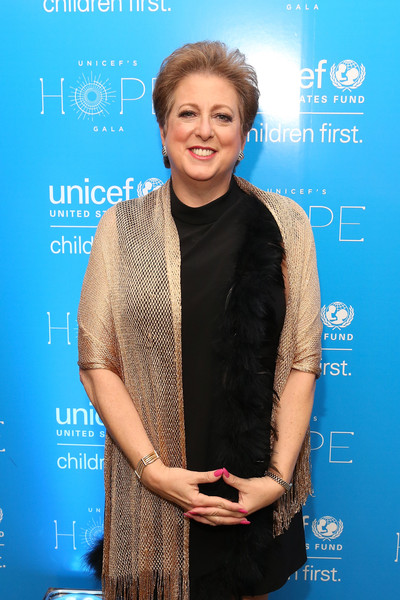
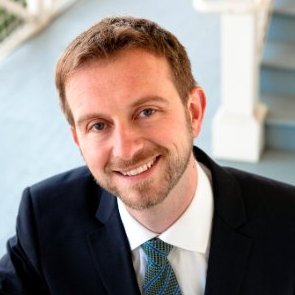 Denver: It is a bit ironic that at a time when we have more information and data than at any other time in human history, our ability to predict the future and to make sound decisions has never been less. And one reason for that may be because not enough people are thinking about how to make this data accessible, meaningful, and truly useful. That is why the nonprofit sector is so fortunate to have someone like
Denver: It is a bit ironic that at a time when we have more information and data than at any other time in human history, our ability to predict the future and to make sound decisions has never been less. And one reason for that may be because not enough people are thinking about how to make this data accessible, meaningful, and truly useful. That is why the nonprofit sector is so fortunate to have someone like